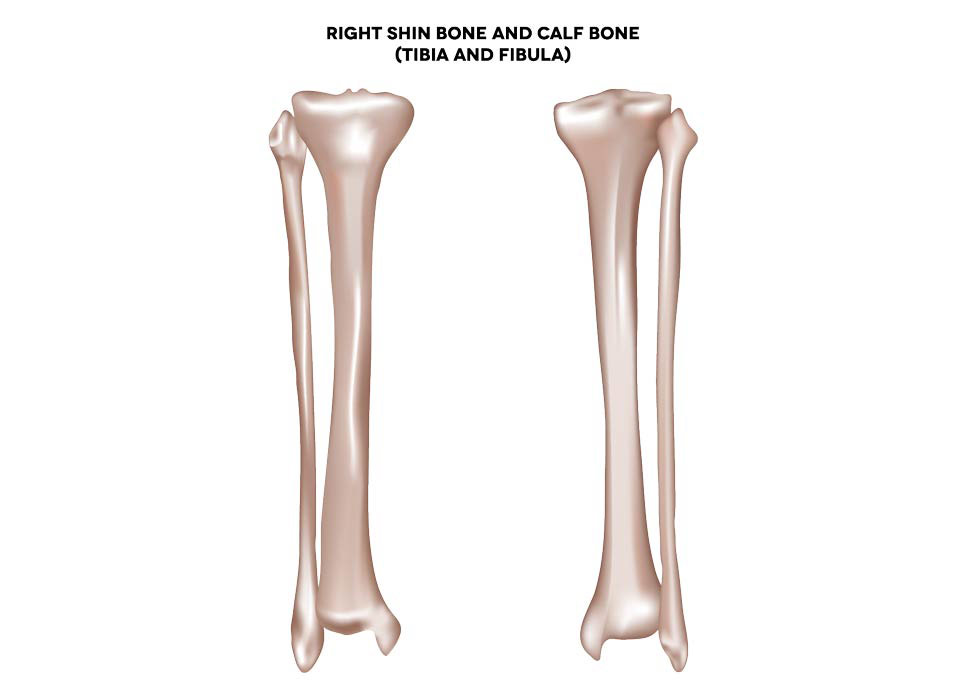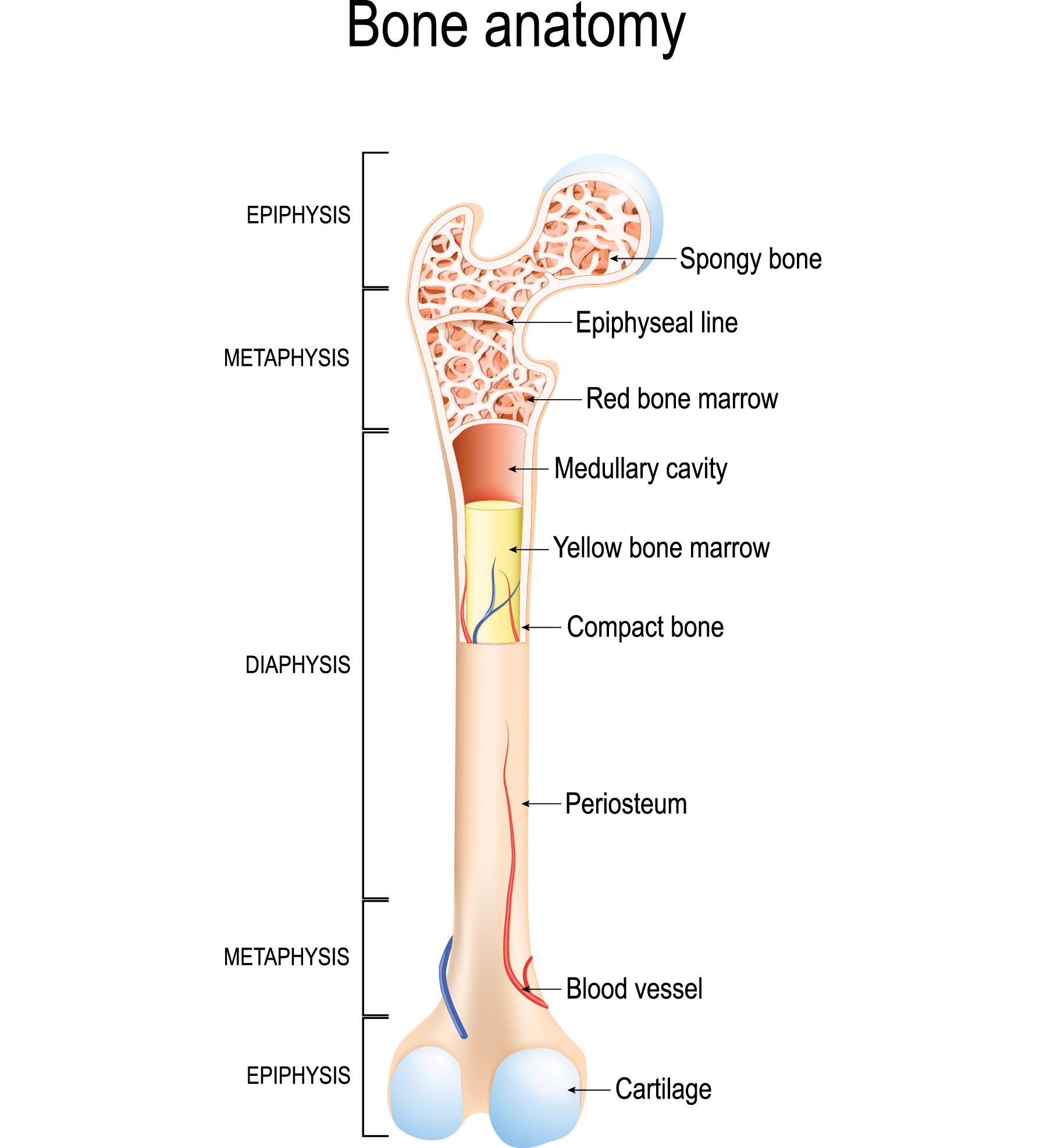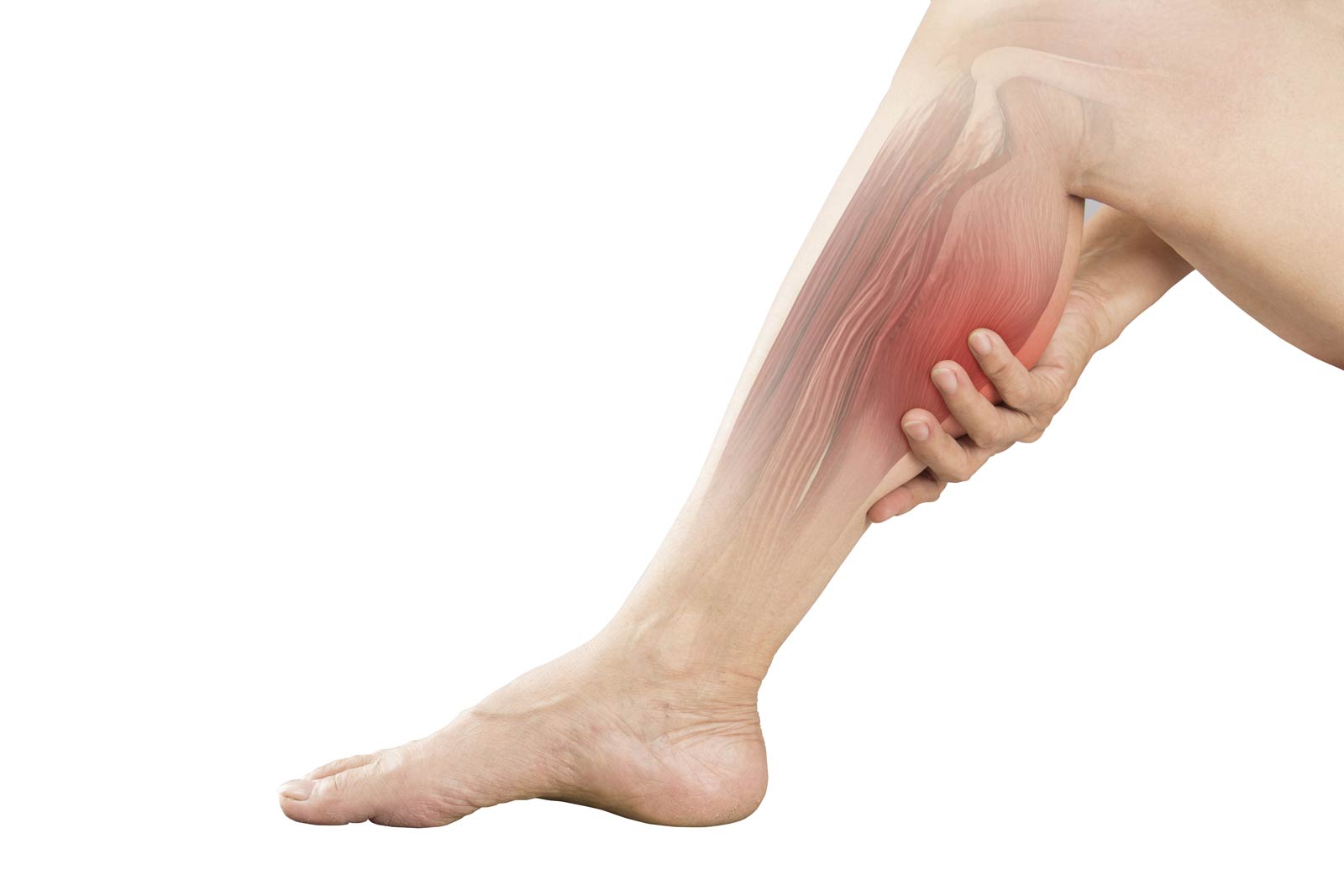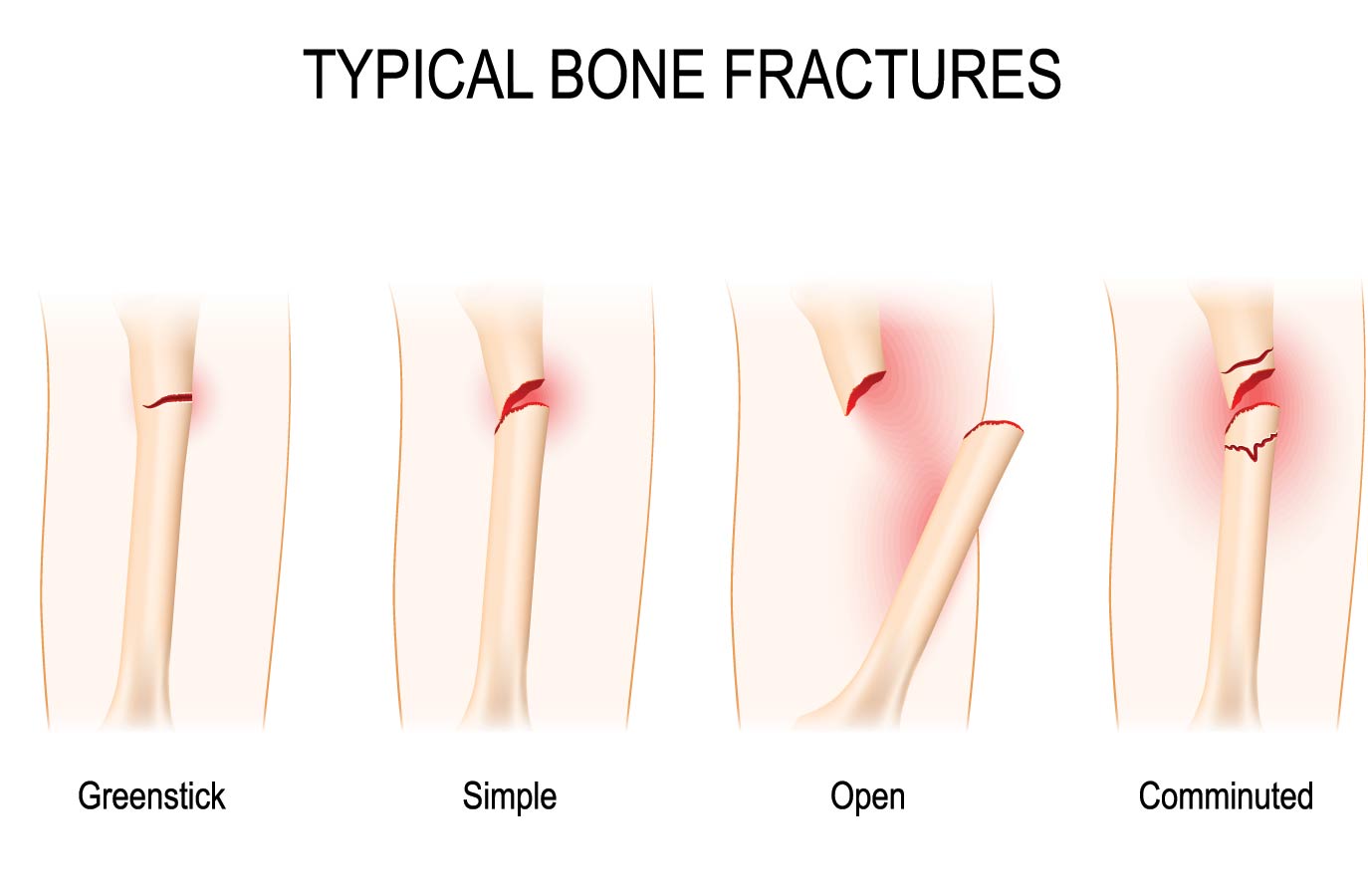
On Tuesday, February 23, 2021, at approximately 7:15 am, PST, golf legend Tiger Woods was involved in an unimaginable car crash on a Southern California highway.
We have been informed that the major parts of Tiger’s injuries include an open comminuted tibia and fibula fracture that required surgery to stabilize the fracture and fasciotomies to prevent compartment syndrome.
ANATOMY
To understand these injuries and the subsequent treatment further, it is important to outline the anatomy of the region. First, the tibia and fibula represent the bone of the lower leg-the shin bone, so to speak. The tibia is the larger of the two bones, located on the inner portion of the lower leg, and carries approximately 90% of the body’s weight when compared with the fibula. Despite its smaller size, however, the fibula is responsible for helping support the tibia, as well as allowing for stability and range of motion at the ankle.

Notable regarding the tibia is that this bone possesses within it a canal where marrow elements reside, also known as the intramedullary canal.

Surrounding and attached to the tibia and fibula are four groupings of muscles, nerves, and blood vessels that are enveloped by a supporting framework of fascia. The fascia is a tough membrane-like structure that is designed to keep its grouping of muscles, nerves, and blood vessels in place. Each grouping is also called a compartment. Consistent with its function, the fascia itself is fairly inelastic and does not stretch easily.

INJURY
An open comminuted tibia and fibula fracture have several areas of concern. Open refers to the fact that the fracture has communication to the outside environment through the skin. Open fractures have also been called compound fractures.

Orthopedic surgeons have various classifications for open injuries that help dictate treatment. The reason it is important to identify open fractures at their onset is that the risk of infection is greater if left untreated.
Another characteristic of a fracture is the pattern in which it is broken. In this case, a comminuted fracture refers to one that is broken into three or more pieces. This can indicate the amount of energy that was involved in creating the fracture. It can also be an indication of associated soft tissue injury.
This can indicate the amount of energy that was involved in creating the fracture. It can also be an indication of associated soft tissue injury.
Lastly, because Tiger underwent a fasciotomy, his injuries also likely included increased swelling in the leg. Therefore, knowing that groups of muscles, blood vessels, and nerves are enveloped by fascia in this region of the body, and if the swelling were to go untreated or already be at a dangerous level, then releasing the fascia to relieve the swelling and the condition of compartment syndrome was necessary.
Tiger’s treatment was dictated by his injuries. Because he had an open fracture, part of his treatment required surgical irrigation and debridement of the wounds. The goal is to prevent the development of infection. Simultaneously, antibiotics would have been administered.
A comminuted fracture typically requires stabilization. Reports are that Tiger had a rod placed into his tibia. This rod, more specifically an intramedullary rod, is inserted into the intramedullary canal described in the anatomy above. This type of device helps to share the load in the fractured tibia while healing progresses.
Compartment syndrome or impending compartment syndrome is treated by releasing the fascia of the involved compartment. Otherwise known as a fasciotomy procedure, this prevents the development of increased pressures that could otherwise result in a critical lack of blood supply to the limb.
Car crashes can result in devastating injuries. Understanding the anatomy and particular injury pattern can help in appreciating the differing methods of treatment.
Dr. John, Esq. is both an attorney and a physician. Before obtaining his law degree, Dr. John Naranja practiced for approximately 12 years as an orthopedic surgeon.
